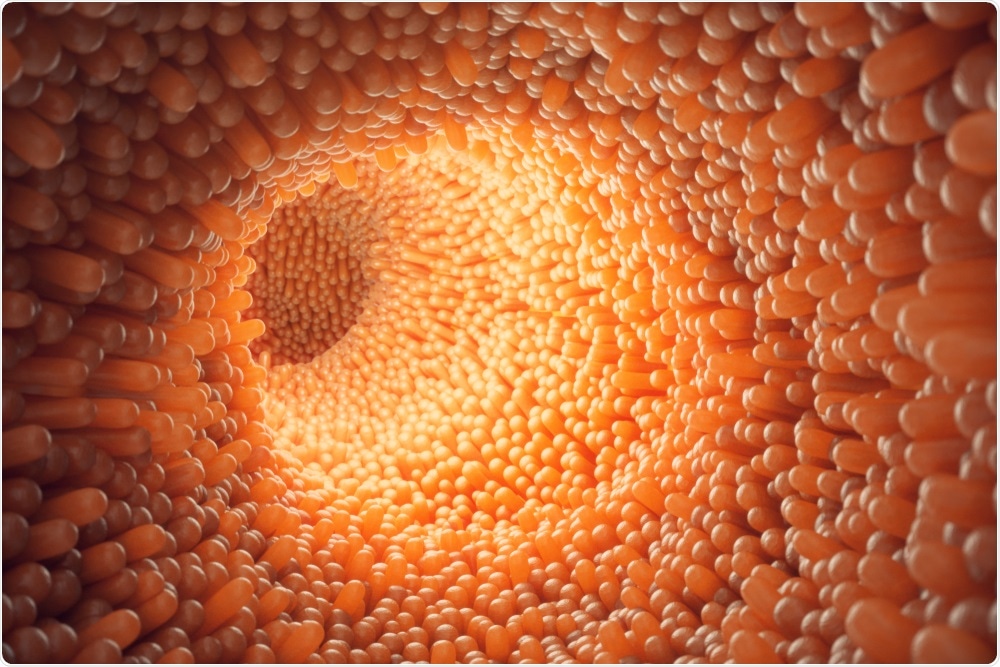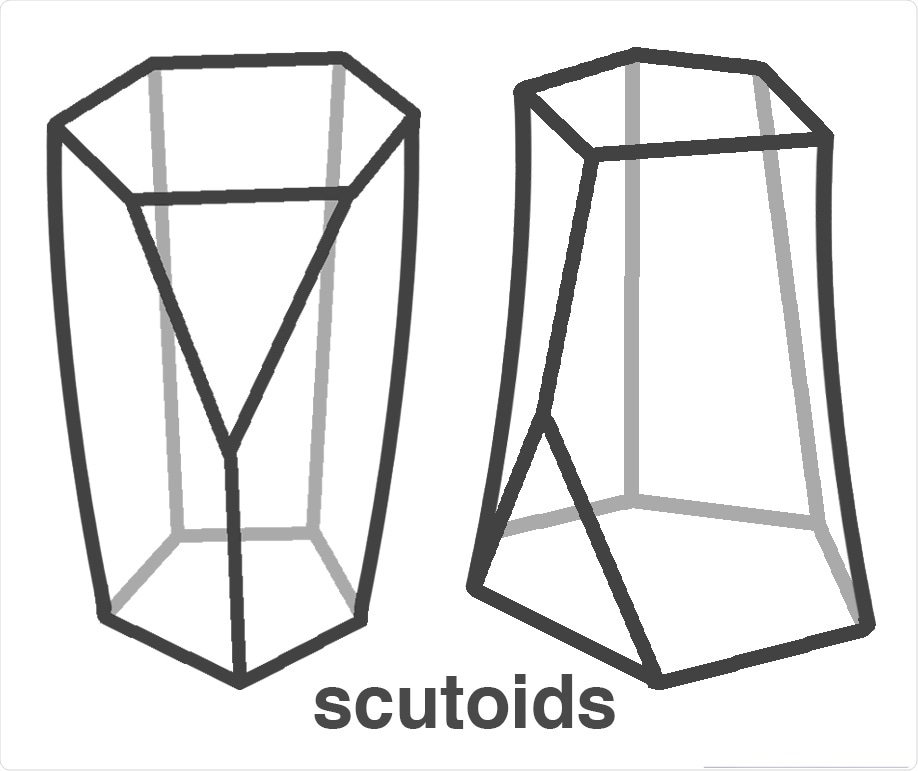A study has described for the first time a new geometric shape that epithelial cells adopt to allow tissues to curve and organs to form complex but stable shapes.
 Image Credit: Rost9 / Shutterstock
Image Credit: Rost9 / Shutterstock
The authors of the study, which is published in the journal Nature Communications, say the new “scutoid” shape is nature’s solution to allowing epithelial cells to curve.
The research was led by the Department of Cellular Biology at the Biology Faculty of the University of Seville and the Seville Institute of Biomedicine and the laboratory of Dr Javier Buceta from Lehigh University in the U.S.
Epithelial cells make up the epithelium – tissue that lines the surface of organs and cavities in the body.
During embryonic development, an embryo changes from a simple structure made up of only a few cells into an animal with complex organs.
This not only occurs through growth of the embryo, but through the moving and joining together of epithelial cells, says study author Lusima Escudero.
Until now, these epithelial cells have been described as prism- or pyramid- like in shape, but Escudero and team have now shown that the cells adopt more complicated shapes that would be better described as twisted prisms.
This is due to the fact that when tissue curves it tends to minimise energy, to be more stable, and for that reason our biophysical data indicates that what these cells do is adopt a scutoid shape.”
Lusima Escudero, Study Author
The study represents an important contribution to biomedical research, laying the foundations for an improved understanding of how organs form during development and providing clues about what abnormalities may arise and lead to disease when this development is altered.
The researchers now plan to find the molecules that cause the cells to adopt the scutoid shape, with the overall aim of applying their findings to the creation of artificial tissues and organs.

Scutoids shape of epithelial cells. Image Credit: The University of Seville